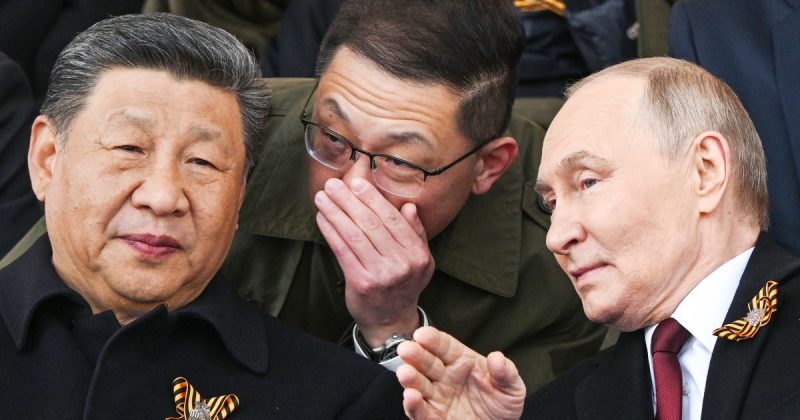
The 80th anniversary of the Soviet Union’s victory over Nazi Germany saw a powerful display of unity between Russia and China. Chinese President Xi Jinping’s attendance at the Moscow Victory Day parade, alongside Russian President Vladimir Putin, sent a clear message of strengthened ties and a joint pushback against perceived U.S. dominance. The event, held amidst heightened security following recent Ukrainian drone attacks on Moscow, showcased a military parade featuring thousands of Russian troops and units from several other nations, including China. For Putin, facing an arrest warrant from the International Criminal Court, Xi’s presence served as a significant boost, demonstrating a lack of global isolation.
Xi’s public declarations of support for Putin, including a commitment to deepen military and other ties and firmly counter U.S. influence, underscored the growing strategic partnership between the two nations. A joint statement further emphasized this commitment, highlighting their intention to respond to what they termed the U.S.’s ‘dual containment’ policy. This show of solidarity comes at a crucial juncture, with the Trump administration actively pursuing a 30-day ceasefire in the Ukraine conflict and U.S.-China trade talks looming on the horizon.
The presence of numerous world leaders at the Moscow celebrations, influenced in part by Xi’s attendance, further emphasized the geopolitical significance of the event. However, Ukrainian President Volodymyr Zelenskyy had urged world leaders to boycott the parade, citing concerns about undermining neutrality in the ongoing war. Brazilian President Luiz Inácio Lula da Silva, while attending, conveyed a message from Zelenskyy to Putin, calling for a sustained ceasefire. Despite Lula’s insistence that the parade does not strengthen Putin’s position, the event undeniably showcased a united front between Russia and China.
The atmosphere in Moscow was heavily charged with nationalistic fervor. The prominent display of Saint George ribbons, a symbol increasingly associated with Russian militarism, and the ubiquitous orange-and-black color scheme reflected this sentiment. Billboards linked the World War II anniversary to Putin’s ongoing military actions in Ukraine, creating a powerful visual narrative. The parade, though commemorating a historic victory, was undeniably overshadowed by the ongoing conflict in Ukraine, highlighting the complex geopolitical landscape.
Xi’s visit concluded with his departure from Russia on Saturday, coinciding with the start of U.S.-China trade talks in Switzerland. These talks, initiated by the U.S. side, are aimed at addressing significant tariffs imposed by the Trump administration. While China expressed openness to discussions, it emphasized the need for equality and mutual respect. Experts suggest that while the talks may not lead to immediate tariff reductions, they offer a valuable opportunity for communication and de-escalation, a stark contrast to a complete standstill. The timing of the talks, alongside China’s recent economic stimulus measures, hints at both the international pressure on China and the economic challenges the country is currently facing.
In conclusion, the Victory Day parade served as more than just a commemoration; it was a powerful demonstration of the deepening strategic partnership between Russia and China, a direct challenge to the existing international order, and a significant event in the ongoing geopolitical chess match between major world powers. The implications of this alliance, particularly in the context of the Ukraine conflict and ongoing trade tensions, will continue to shape global dynamics in the coming months and years.









